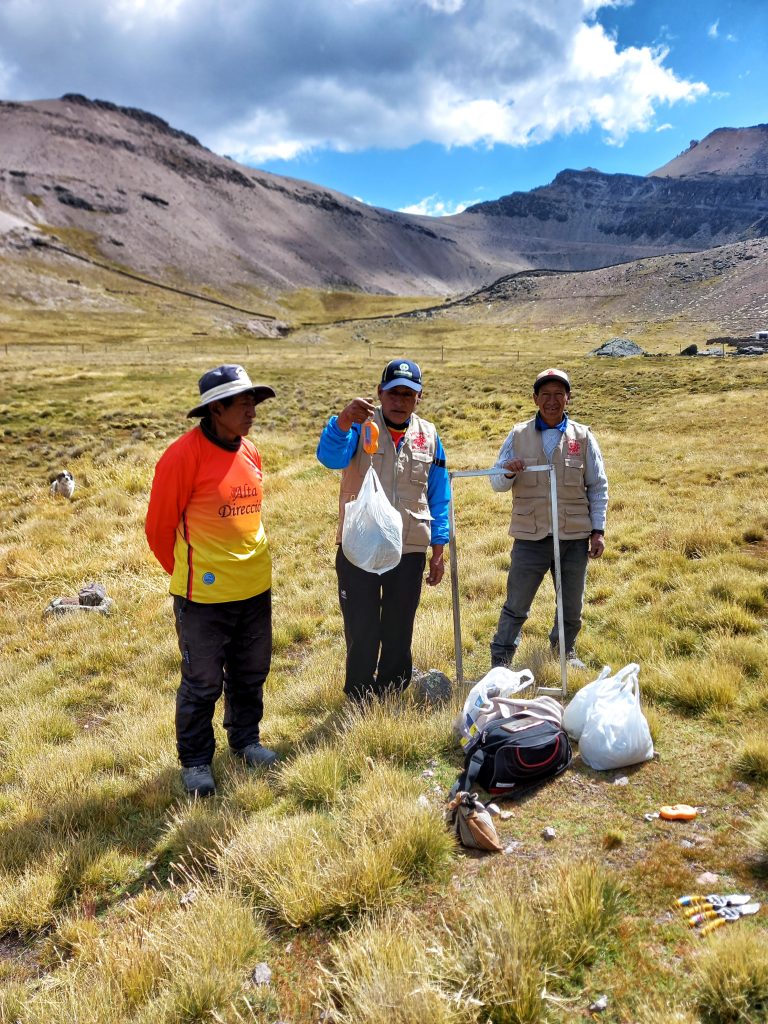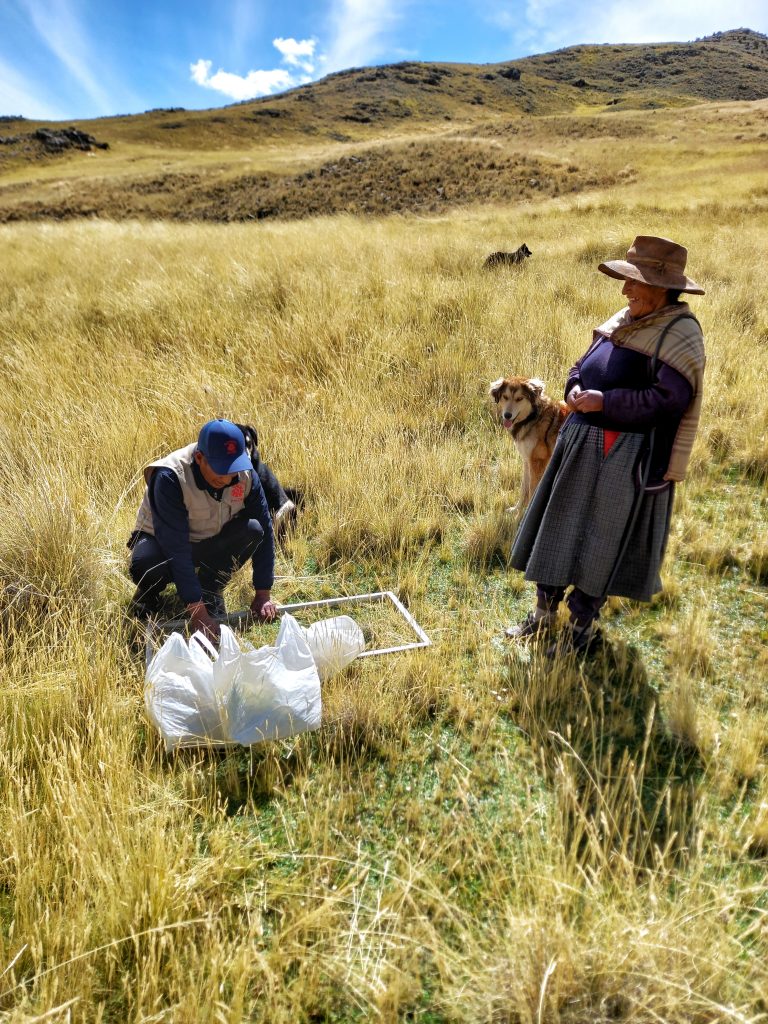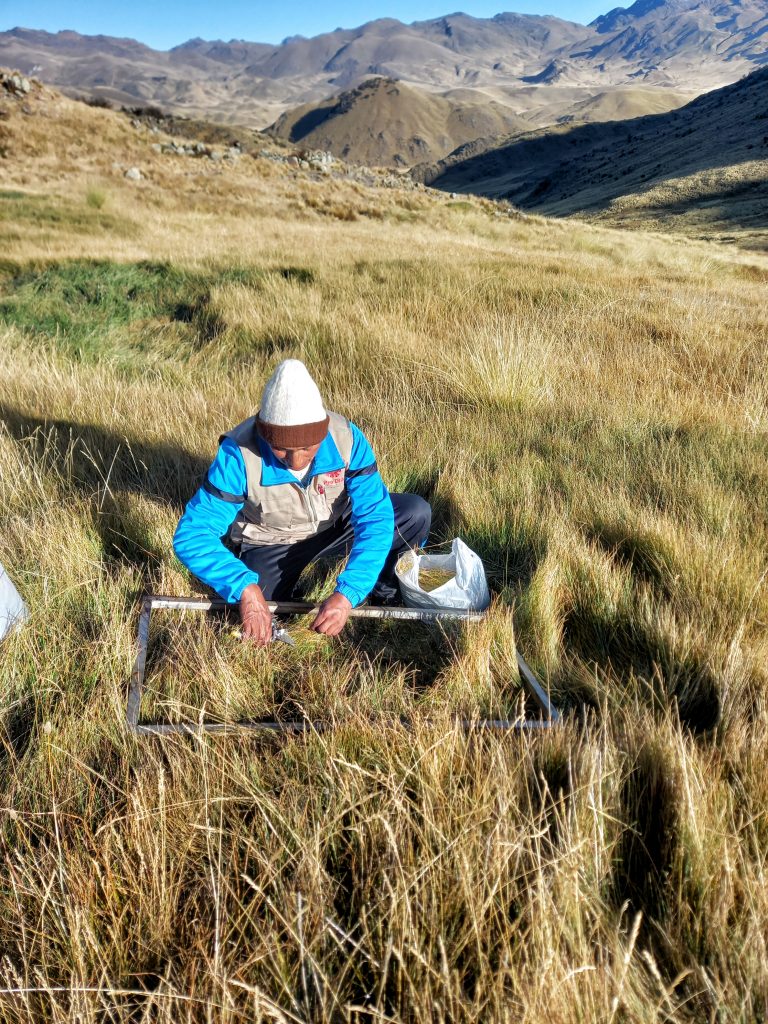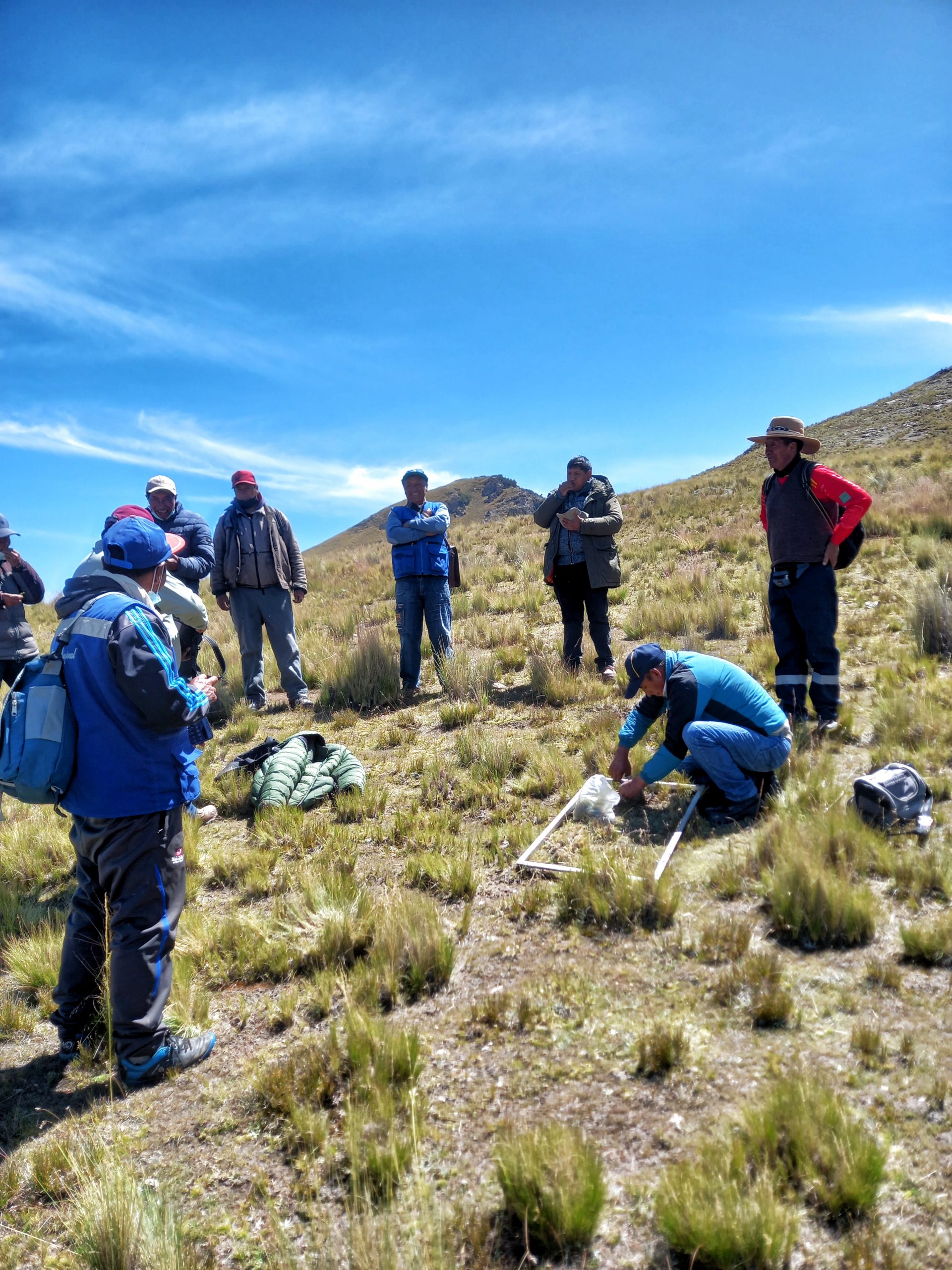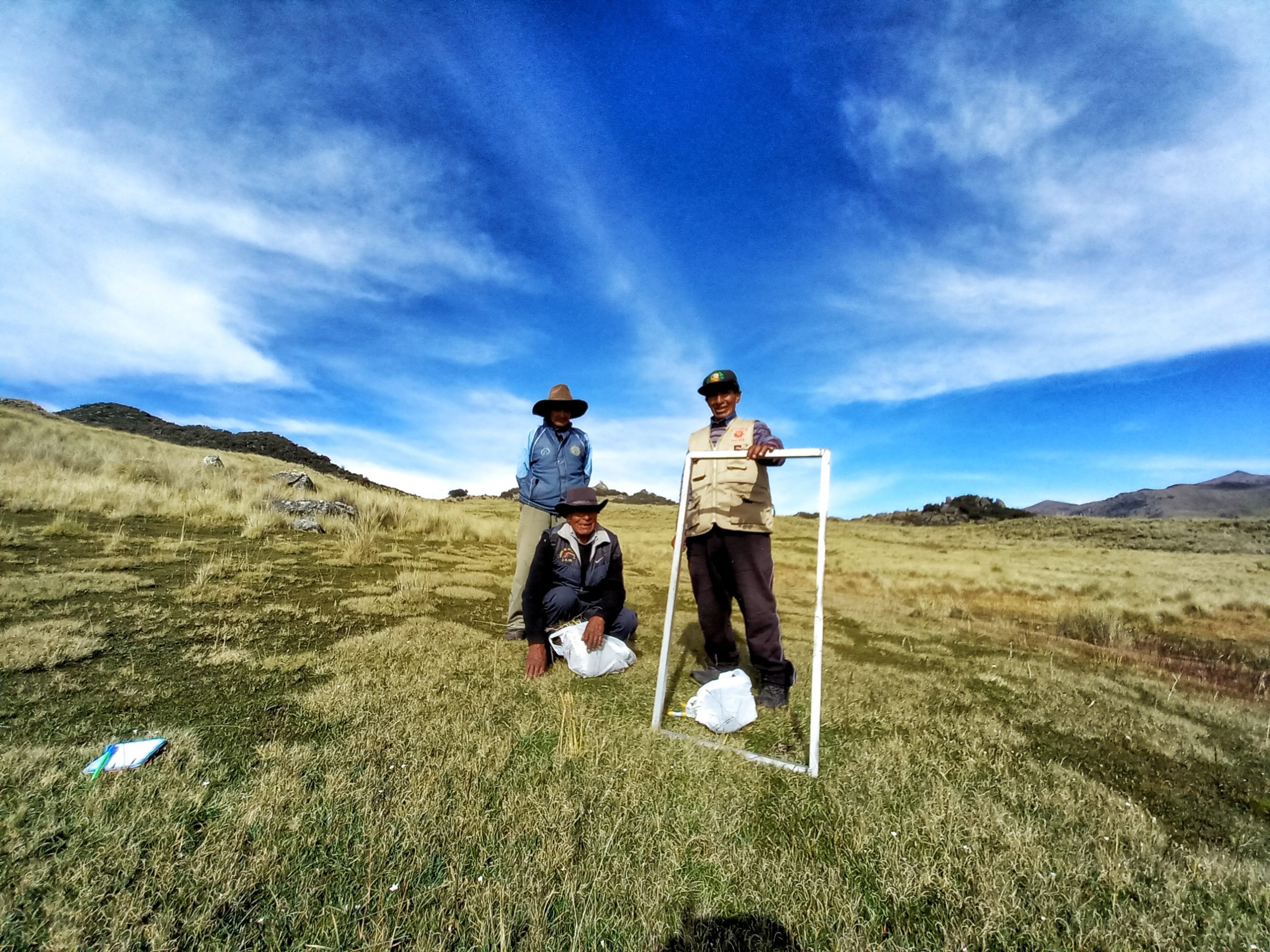2022 Mid Project Report
To read about the beginning of the project, CLICK HERE.
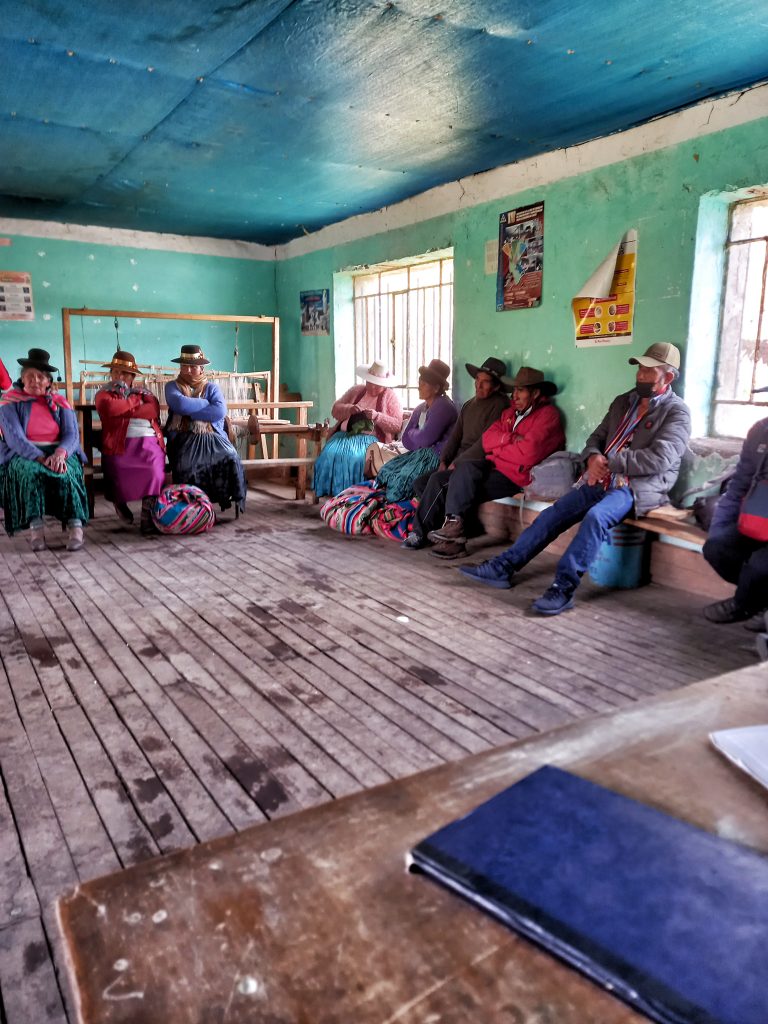
The first phase of the Restoration and Protection of Bofedales Project was completed in the first half of 2022 and included coordination with the 5 communities participating in the project as well as an initial diagnostic of the area and vegetation of the bofedales in each community during the rainy season. To begin the diagnostics, the engineer contracted to lead the project identified and trained 2 technical assistants that were chosen from the participating communities. The technical assistants were trained on how to measure the area of bofedales and the green mass (amount of green plants) per bofedal. The collection of baseline data is crucial for project success because it identifies the types of natural grasses in each beneficiary’s land, the overall state of the bofedal, and the measures that need to be taken to protect and restore the environment. The initial diagnostic identified a total of 61 beneficiaries who steward a total of 70 hectares of bofedales. Specific information from the initial diagnostic can be found in Annex I and photos from this first phase of project implementation are shown below:
The next phase of the project will begin in August 2022, which is the peak of the dry season in Peru. The second phase will involve measuring the water flow of each bofedal’s water source and the dry mass of each bofedal. This data will complement the data collected in the rainy season, help the technical team identify the best strategies, and provide baseline data to measure progress after project completion. Once the analysis of dry season data is collected, the technical team will begin training sessions with each of the 5 communities on methods to restore and protect bofedales. After the trainings are completed, the communities will implement strategies, such as planting native grasses and building berms, swales, and infiltration ditches to direct water flow to bofedales. That step will be completed in time for the rainy season that begins in December. Plant mass per bofedal and water flow rates will then be measured again in 2023 to evaluate how project activities contributed to the changes in the bofedales.
Thank you for supporting this critical project that supports community-led efforts to protect and restore vital landscapes in the Peruvian Altiplano. The project is part of communities’ multi-year plan to not only restore their landscapes but also improve their economic situation and quality of life through improved alpaca herding practices. You are supporting communities who are disproportionately impacted by climate change to overcome challenges from decreased water supplies, making it possible for them to stay in their homelands and preserve their culture and way of life.
To read about the completion of the project: CLICK HERE
